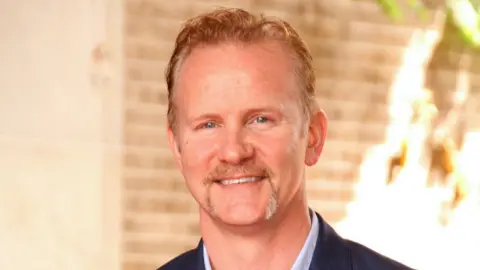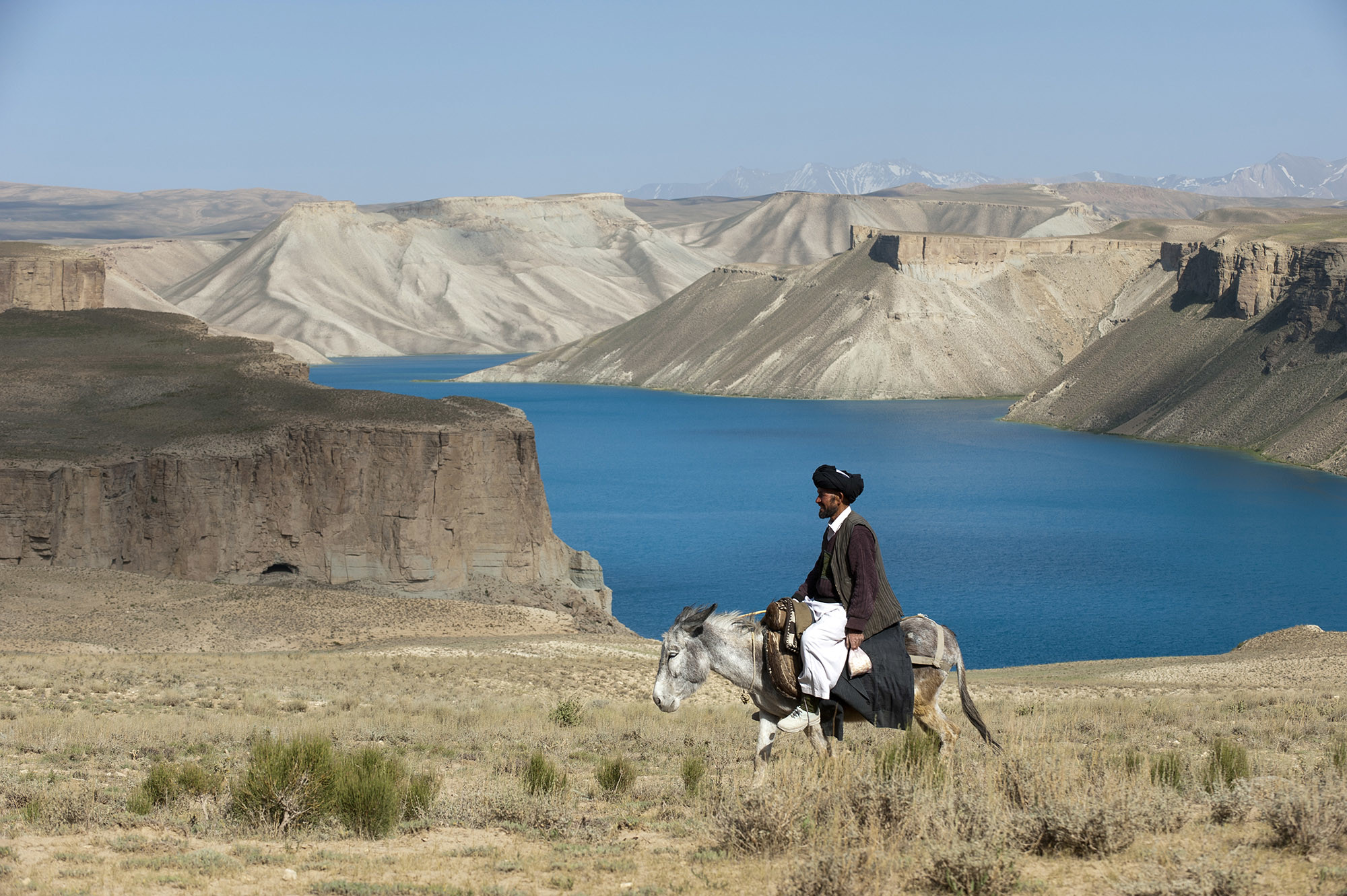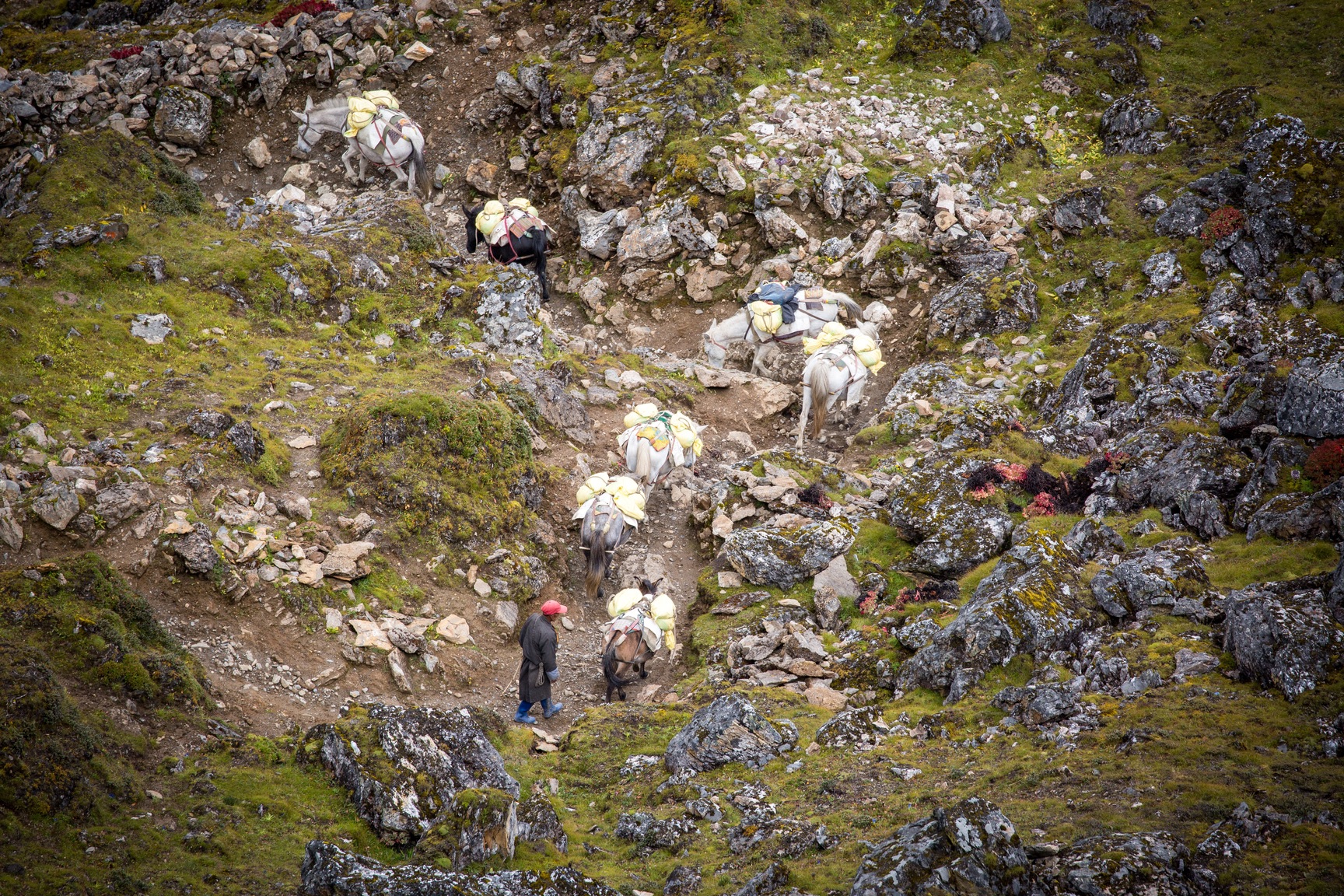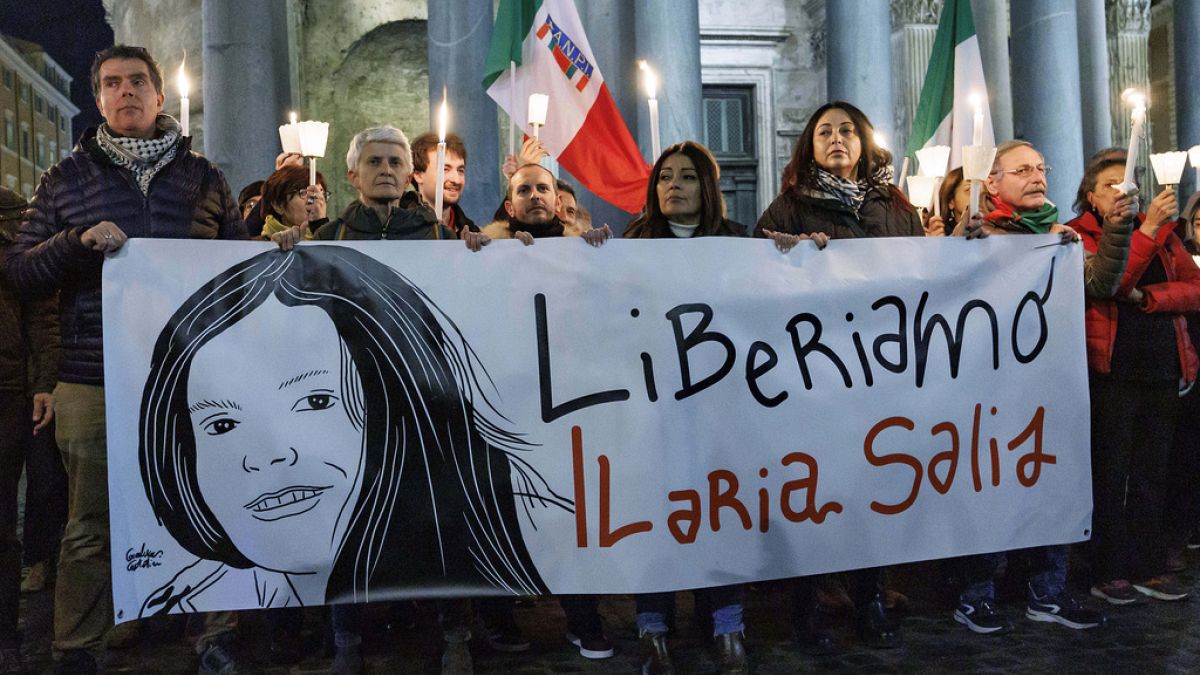Tragedy of albinos in Tanzania
EBRU ERKE

Spell-casting is fairly common in Tanzania, which has the highest percentage of albino population in the world. There are many who cast spells using an albino's limb or skin in the hopes of rising to a prominent position or reaping a handsome profit.
Tanzania has the highest percentage of albino population in the world. In this country, being an albino means that you will never be able to lead a normal life. Their limbs are amputated and used in spells, they often avoid schooling due to abduction fears, and they cannot work outdoors to avoid skin cancer resulting from exposure to the scorching sun. Thankfully, Tanzania's President Samia Suluhu Hassan has been working hard to protect albinos in recent years. There is also a Turkish woman, Yeşim Meço, who has her hands on the problem, most probably making her the only white woman in the world dedicating herself to the cause of albinos.
"I was sleeping when five people entered my room in the dead of night. Two of them pinned me down, while the other three stood guard at the door to keep anyone from approaching me. I don't recall what happened next. When I woke up, I found my sister crying beside me. I felt wetness on my right side and, trying to reach for the lamp, I realized my right arm was missing. That's when I began to scream in agony and fear," 25-year-old Kulva said as she recounted her harrowing experience.
Kulva was only 13 years old when this tragic incident happened.
Kulva is not alone. In Tanzania, there are hundreds, possibly thousands, who have suffered similar fates, having a hand, arm, or leg amputated. Kulva is fortunate to have survived. This atrocity is being done in order to provide material for casting spells. Yes, you heard correctly; there are many who cast spells using an albino's limb or skin in the hopes of rising to a prominent position or reaping a handsome profit.
Spell-casting is fairly common in this country. Every neighborhood has a spell caster. People go to someone they refer to as "Magic Doctors" and ask them to prepare mixtures that are claimed to be a remedy for their problems. These spells involve a variety of plants, spices, oil and even animal limbs, depending on how hard the desired thing is to obtain. They substitute albino limbs for animal limbs when it is hard to achieve the intended results. A person with AIDS may hold the perverse delusion that raping an albino will cure his sickness.
In Tanzania, being born an albino indicates you are cursed from birth. When a black woman gives birth to a white child, she has difficulty accepting it. There are even tales that women drown their newborns shortly after birth. However, this is a genetic condition that can be passed down as far as seven generations. However, just a few people acknowledge this. Fortunately, in recent years, schools have been raising awareness by teaching children that this is a genetic disease.
Kulva was born in the Shiningaya region's Mbezi hamlet in the Kahama district, where these ideas are most strongly adopted. She had been ostracized since childhood, but the situation worsened when her arm was amputated, leading her family to belittle her further. With a heavy heart, she said that when everyone else goes to school or works in the fields, she stays at home, takes care of her family and cleans home as much as she can, but she still feels like she is of no help to anyone. As her family did not welcome us, she came to Mwanza accompanied by the chief person taking care of albinos in her region. Though it pains her to admit it, rumors have it that it was Kulva's family who sold her arm.
Unfortunately, Shingaya, three hours away from Mwanza, is the place where these incredible beliefs are most prevalent. In 2008, when the bodies of 70 albino children who had been skinned or whose hands had been cut off were found in a month, the government took action. They built albino camps with different capacities in different locations, took albino children from their families and placed them in these camps. Families willingly give their children so that they can grow up safely. According to their stories, many families sleep outside their homes at night for fear of their children being kidnapped
We visited one of the state-run camps; it's surrounded by high walls, features a large, locked gate, and is guarded by armed personnel. The interior is spotlessly clean and the children are happy. The camp's director, Helena, informed us about the facility's operations and shared the heartbreaking stories of some of the children. For instance, one 7-year-old boy was attacked as an infant while on his mother's back as they headed to the fields. His mother fought hard to protect him, and some bystanders saved the baby's life, but in the meantime, deep wounds were inflicted on his sensitive white skin.
Albinos are particularly vulnerable with their eyes and skin. They experience diminished vision in sunlight and require protective cream to prevent their skin from developing wounds that could turn cancerous. School-aged children in the camp are transported to schools via a special minibus, while younger ones remain at the camp during the day. Families are encouraged to visit regularly to maintain family bonds and prevent emotional detachment. When children reach 18 and are considered capable of protecting themselves, they are allowed to leave and start their independent lives. However, any girls who wish to stay at the camp have the option to remain and work there.
Life in rural areas is significantly harder and more perilous for albinos compared to urban centers like Dar es Salaam, where there is greater awareness about their condition. We visited two albino brothers, Cuma and Abdurrahim, at their modest home in Dar es Salaam. Their pregnant mother invited us inside, to a room furnished with old, worn-out couches. She shared the initial shock and fear she felt upon seeing her first child's white skin at birth. It was later understood that her husband carried the albino gene from three generations back. By the time her second son was born, she had come to accept this situation more naturally. Both boys lack the financial means to attend boarding school, which is seen as a safer alternative for albino youngsters compared to walking to and from school every day. On the day we were set to leave, the mother went into labor and gave birth to a third child, an albino girl.
Fatuma is one of the lucky ones. She is married with four children, one of whom, Mahmoud, is an albino like her. Fatuma feels a special bond with her 8-year-old albino son. She had met her husband by chance somewhere. He loved Fatuma very much and immediately asked her family to marry her. While some Tanzanian men appreciate albinos rather than find them odd, young albino girls need to be very careful. Regrettably, there are instances where girls are lured away from their homes with marriage promises, only to be trafficked and mutilated.
I traveled to Tanzania in order to meet Yeşim Meço Davutoğlu, an angel who has devoted her life to serving albinos. Her ex-husband was appointed ambassador to Tanzania twice. She had the shock of her life when she learned about what albinos were going through in this country, and she immediately turned her attention to what she could do. To have a deeper understanding of their needs and what they could do for them, she even stayed in one of the camps in Shiningaya. Her interest struck a chord so strong that Tanzanian TV channels covered it for days. The wives of other diplomats were urged to follow Yeşim's lead.
Her husband, former Turkish Ambassador Ali Davutoğlu, also gave diplomatic support. They brought as many albinos as they could to Dar es Salaam and had them examined by the Doctors Worldwide (Yeryüzü Doktorları) team they called from Türkiye. They distributed free sunscreen to albinos. They even sparked the rage of Italians who attempted to market sunscreen to albinos. Thanks to Ali Davutoğlu's initiatives, June 13 is now recognized globally as "International Albinism Awareness Day."
Yeşim Meço looks after one of the orphanages with the state's approval. She covers all the expenses using volunteer donations to the Ashura Foundation, a nonprofit organization he established. Most of the time, he even donates money from his own pocket. They also adopted a girl and a boy from the orphanage named Ayşe and Osman, respectively. Ayşe is 16 years old and Osman is 8 now.
Although her husband's assignment as an ambassador has ended, they continue to reside in Dar es Salaam. As she walks the streets, many approach her, calling her "Mama Turkey" and confiding in her about their own or their loved ones' issues. All the cases I have just mentioned have been directly conveyed to Yeşim. Yeşim has been in contact with Kulva for some time. We covered the cost of an artificial arm that she had ordered from abroad and had it fitted for Kulva in Mwanza. Now equipped with a prosthetic arm, Kulva is eager to work and earn a living, and she sees no reason why getting married shouldn't be possible.
Accompanied by their fathers, we picked up Cuma and Abdurrahim from their homes and registered them in a private school. It will cost them about $1,500 a year to attend boarding school. Now, they are beginning to dream about their futures: Cuma aspires to become a doctor, while Abdurrahim wants to be a lawyer. At the camp, we handed out hats and sunscreen to the children and told them the importance of regular sunscreen use. Additionally, we presented Fatuma with a sewing machine, enabling her to sew and earn an income from home. She believes this will boost her self-confidence.
Yes, geography is your destiny. Especially if you were born an albino in Africa.













 F
F